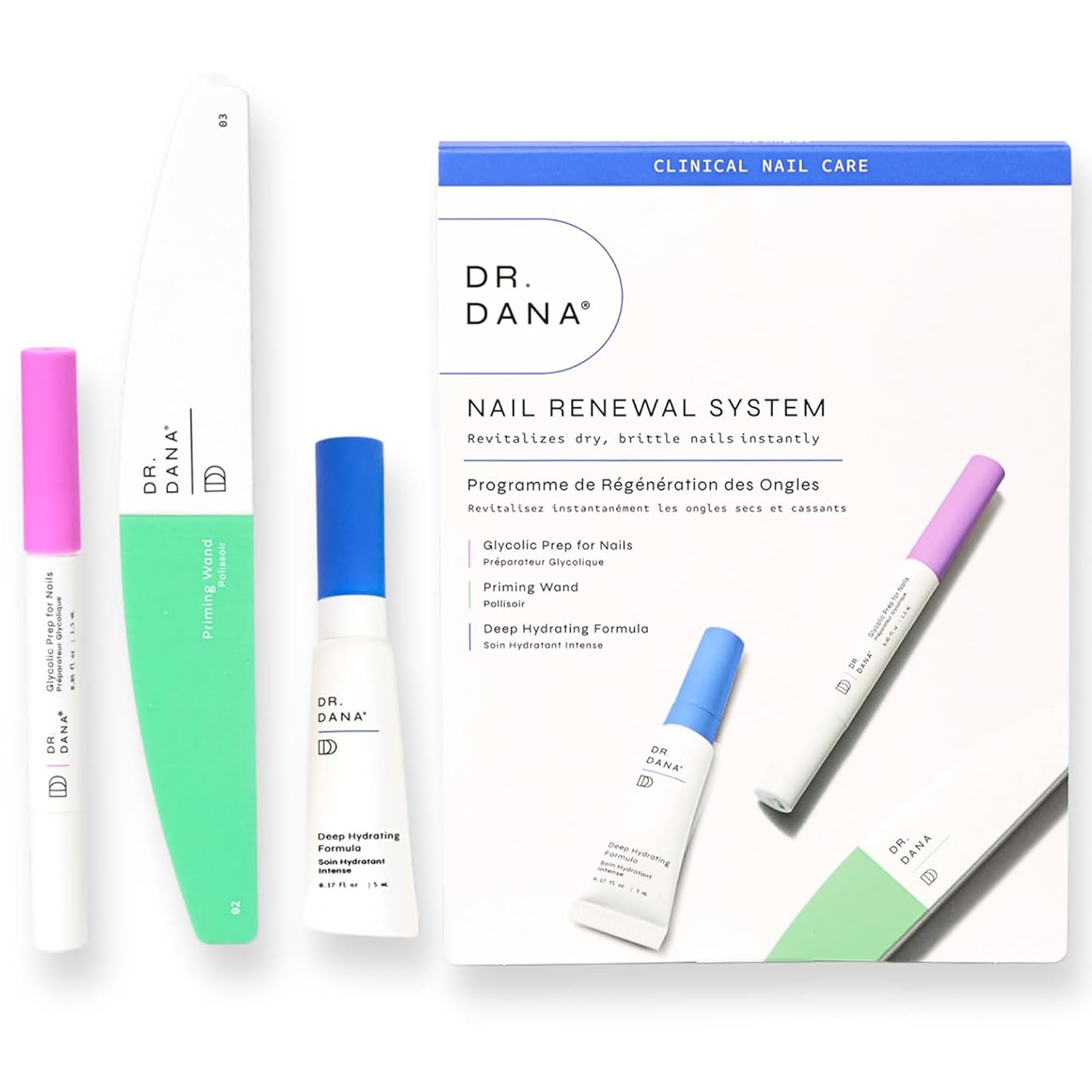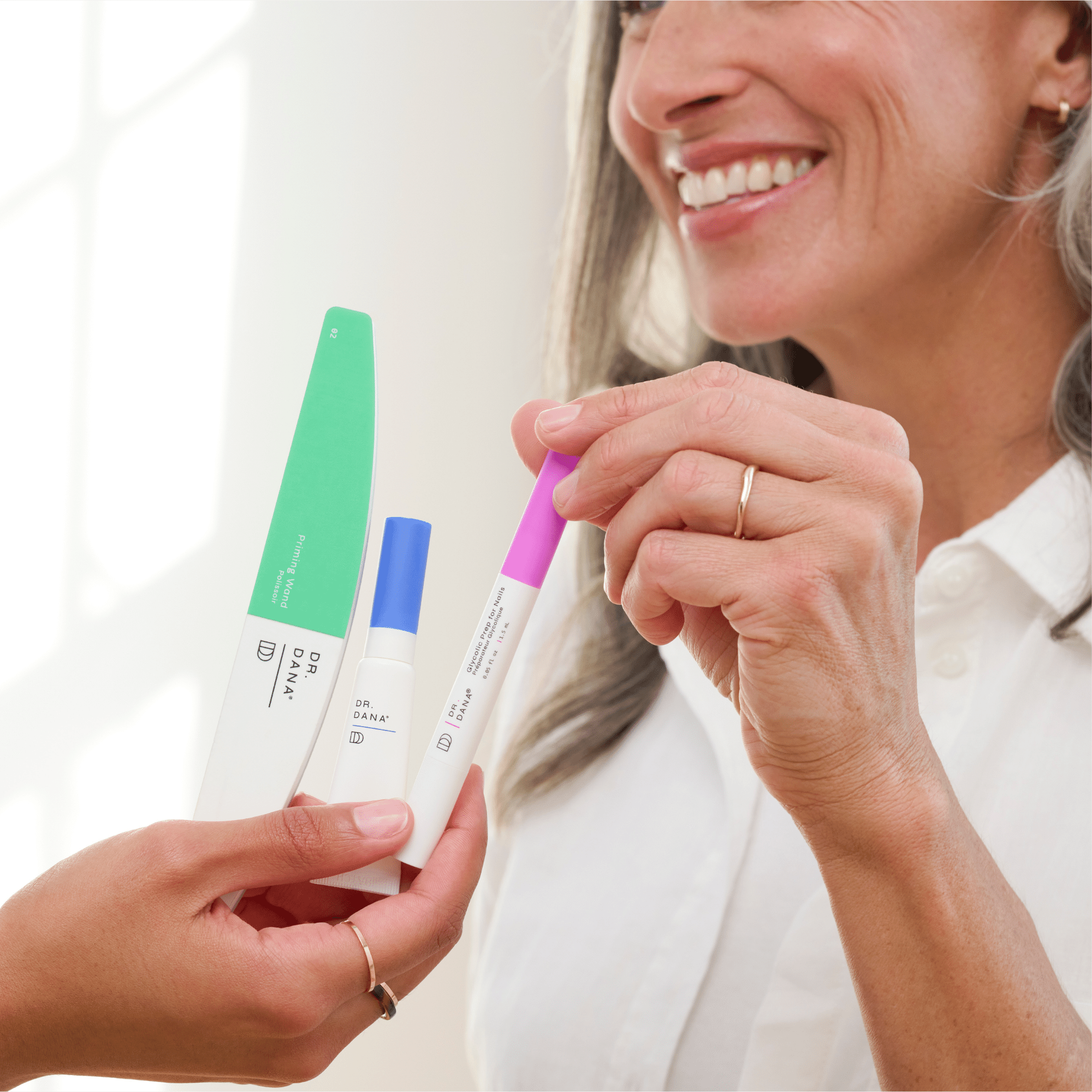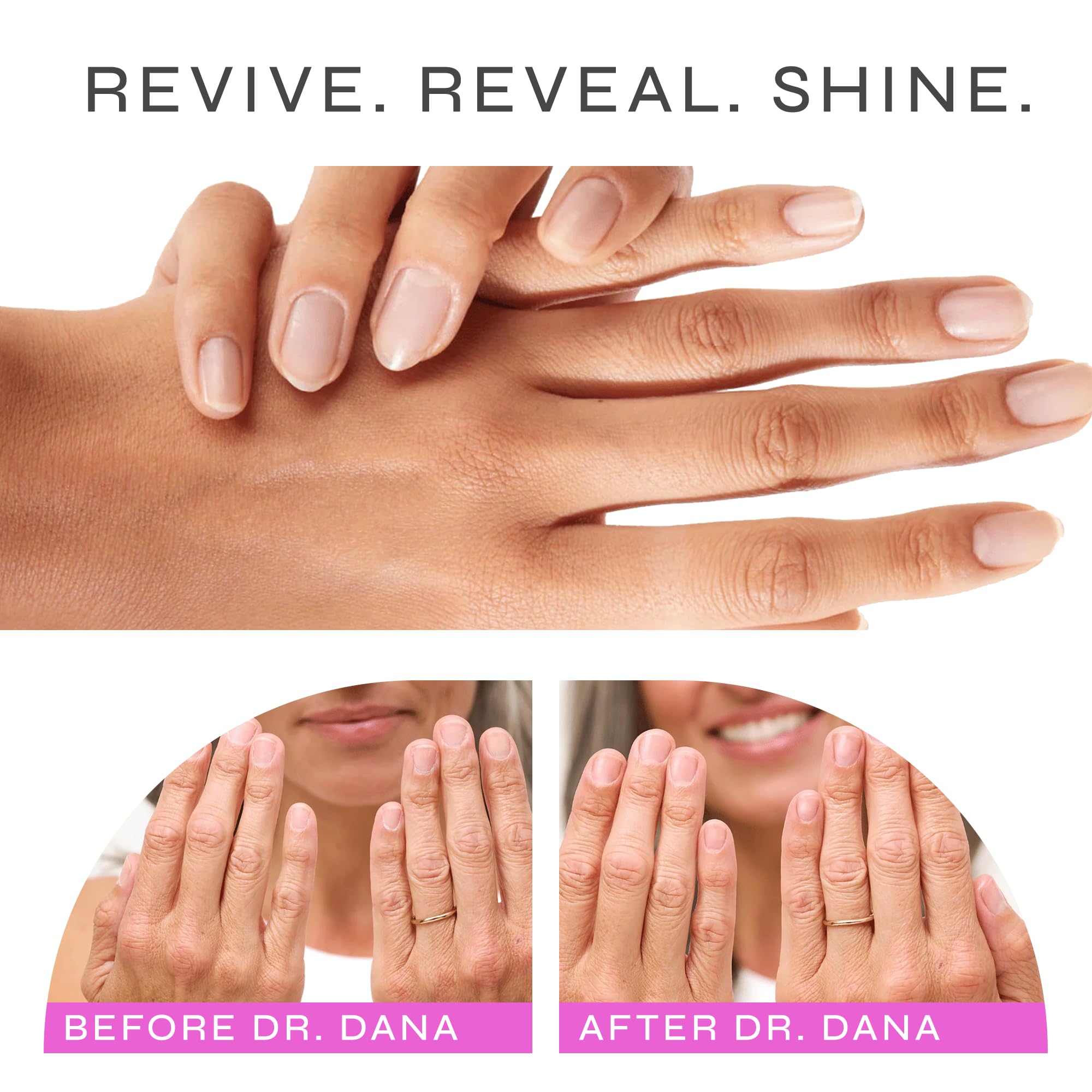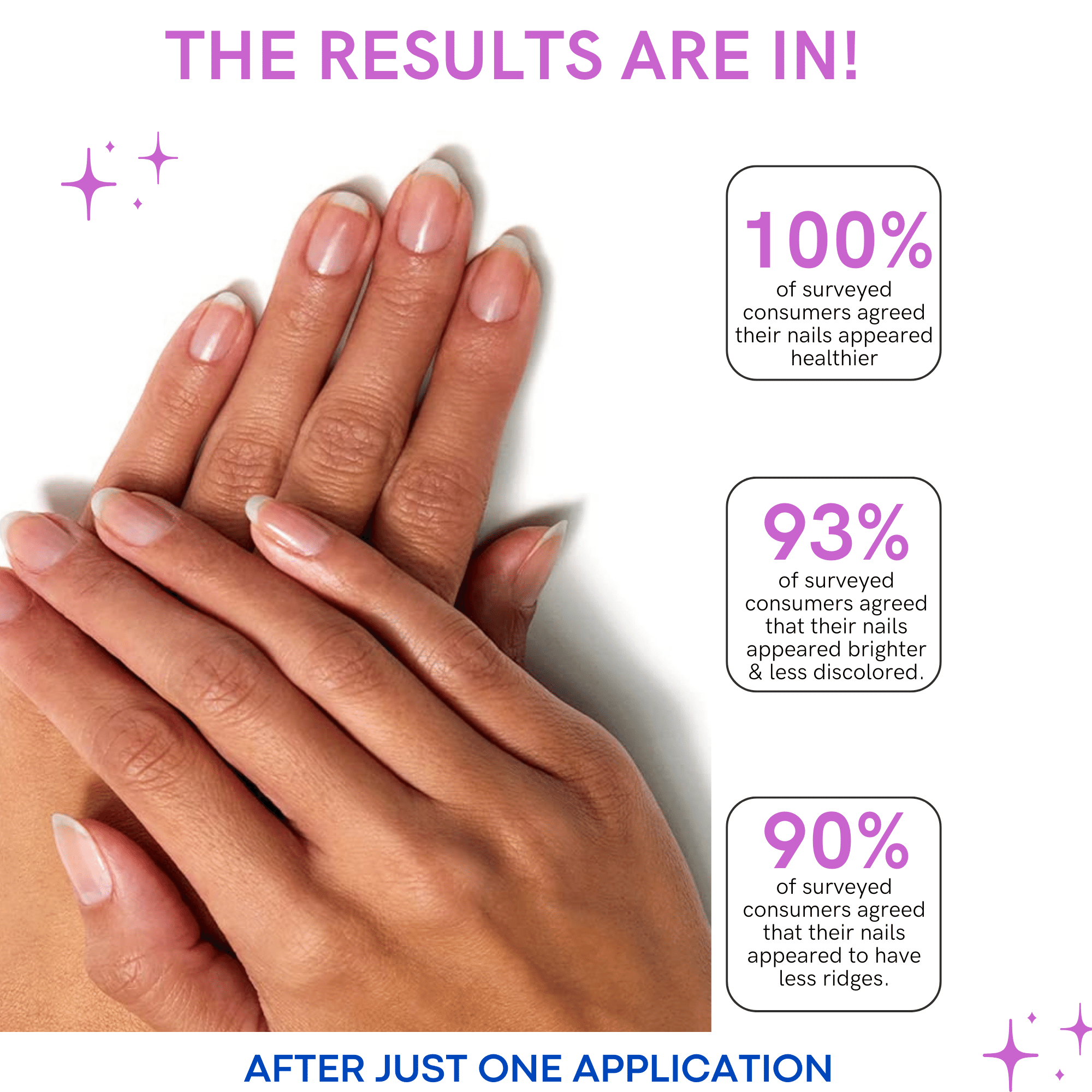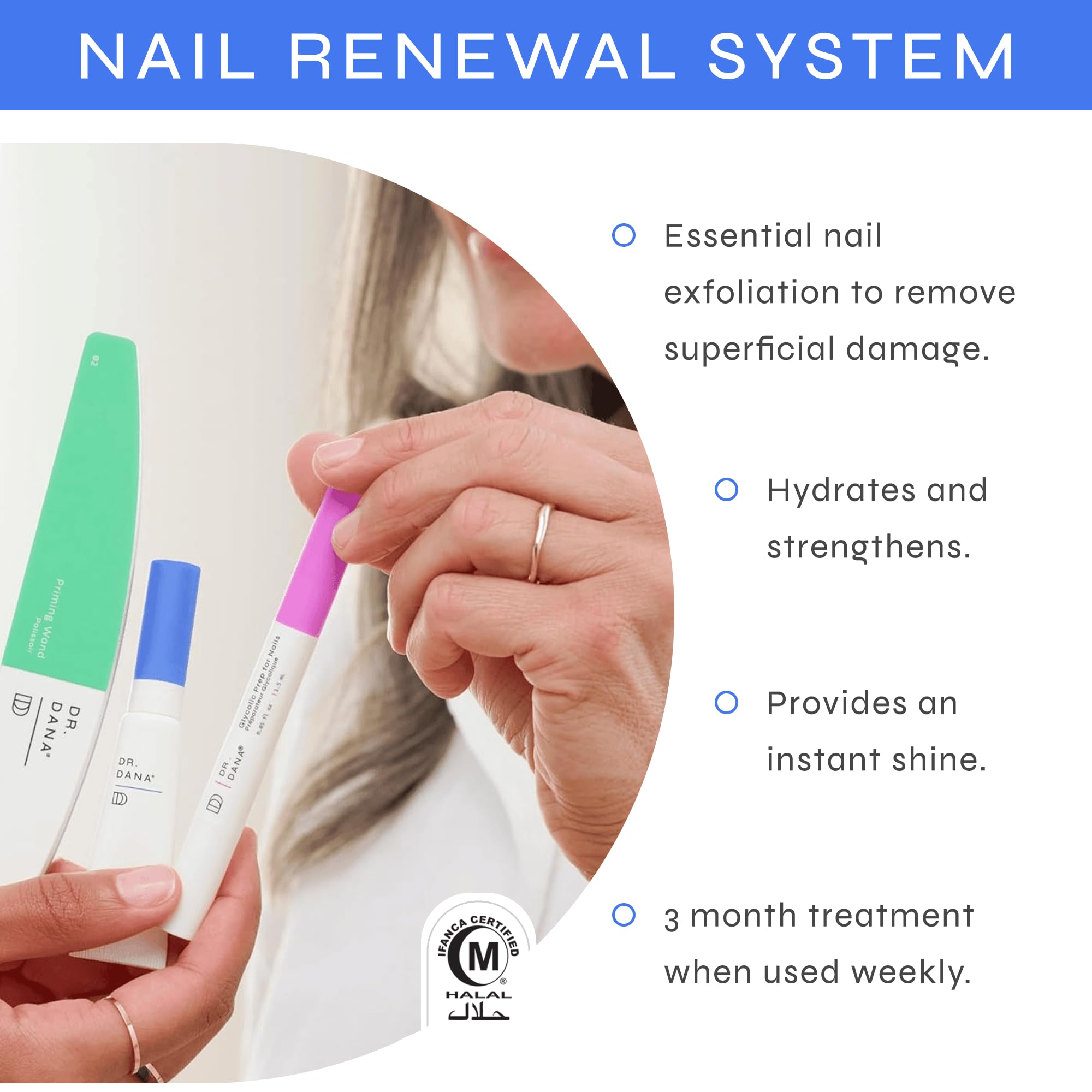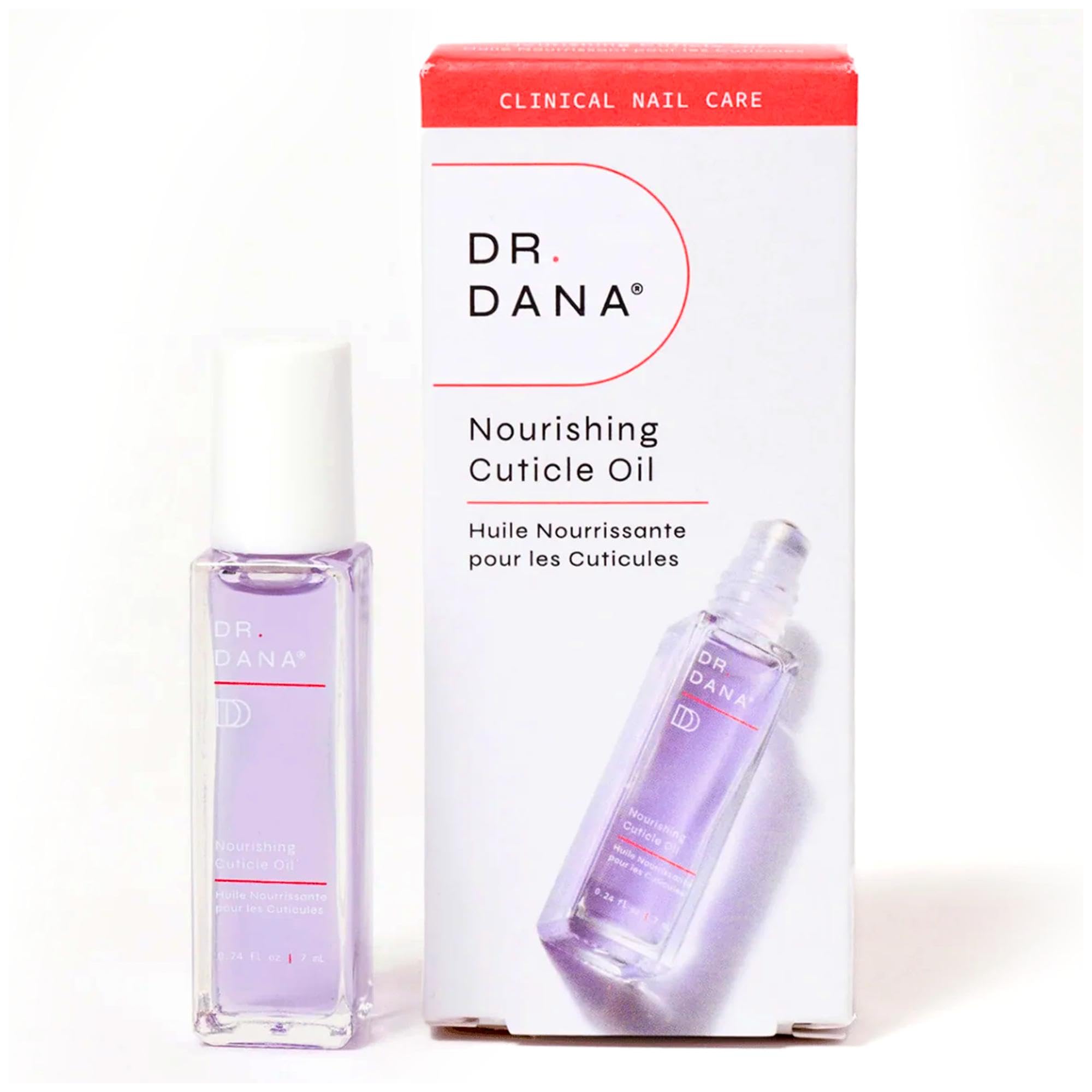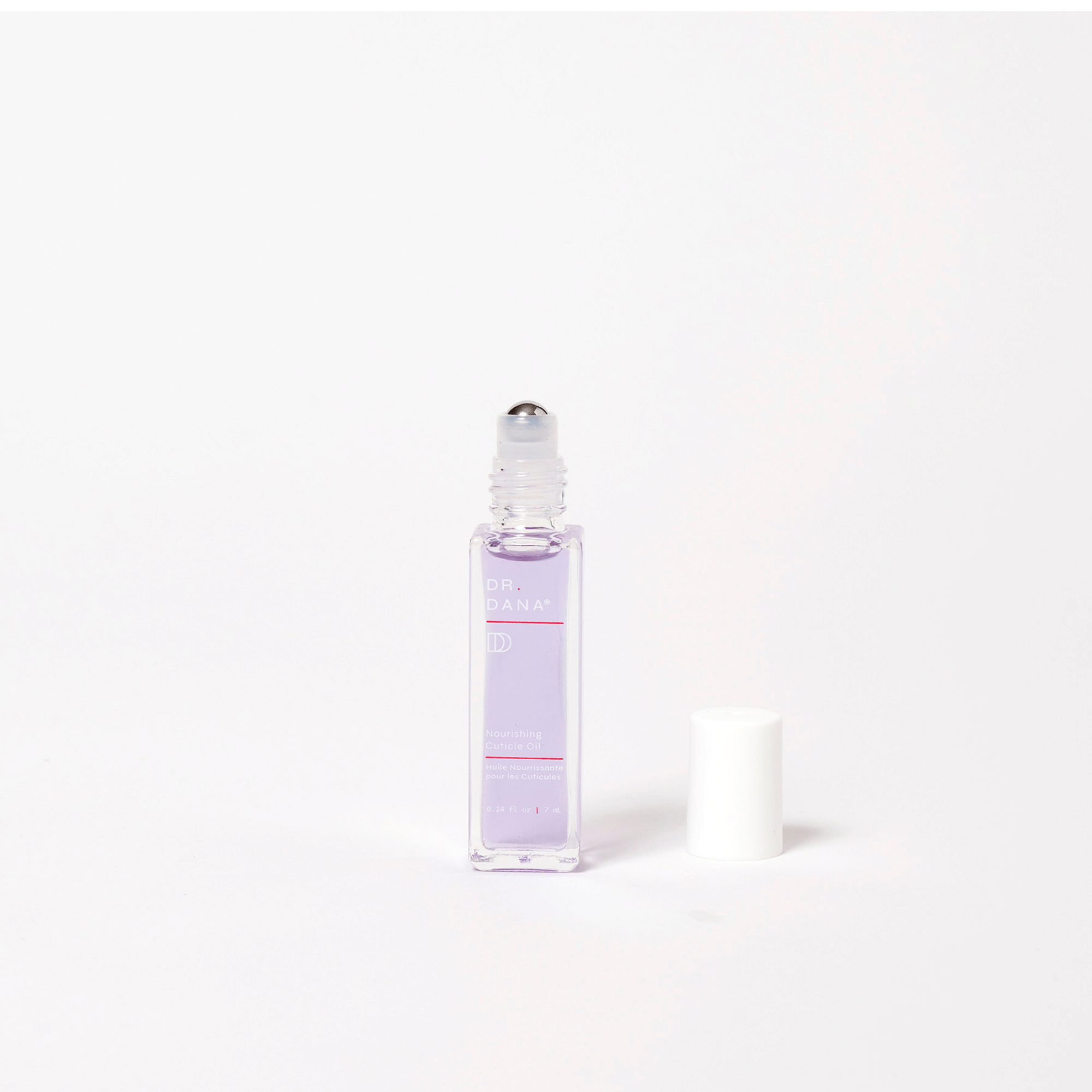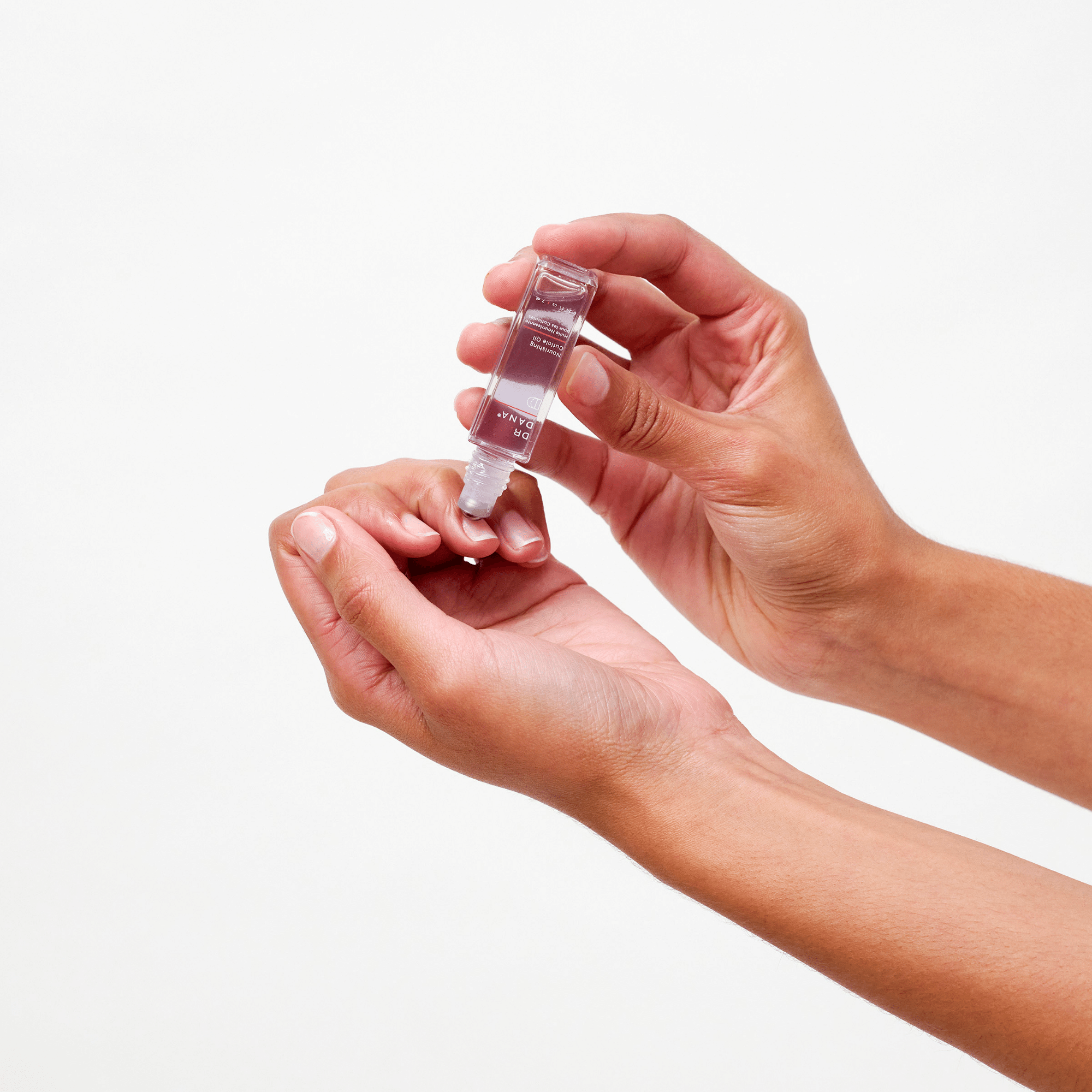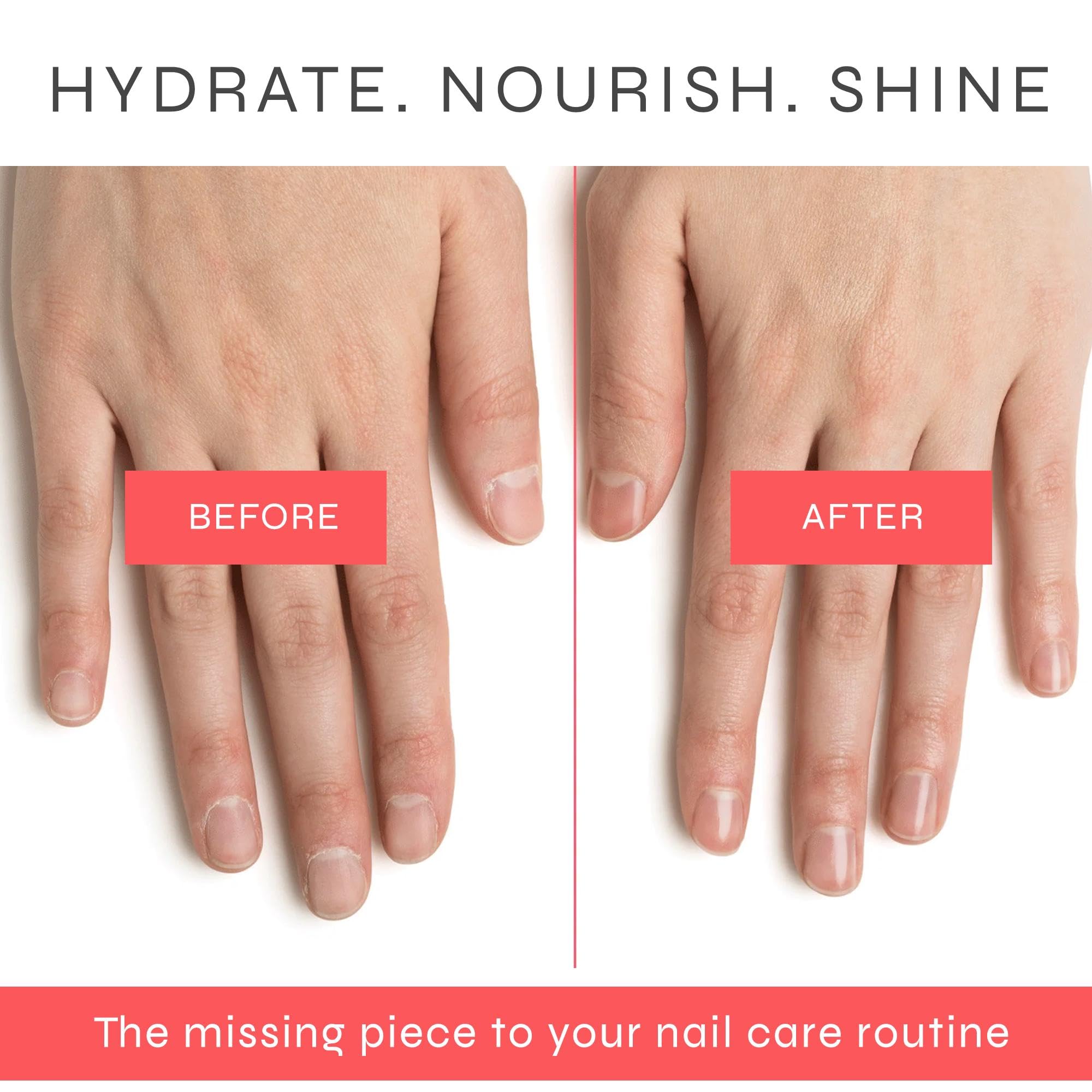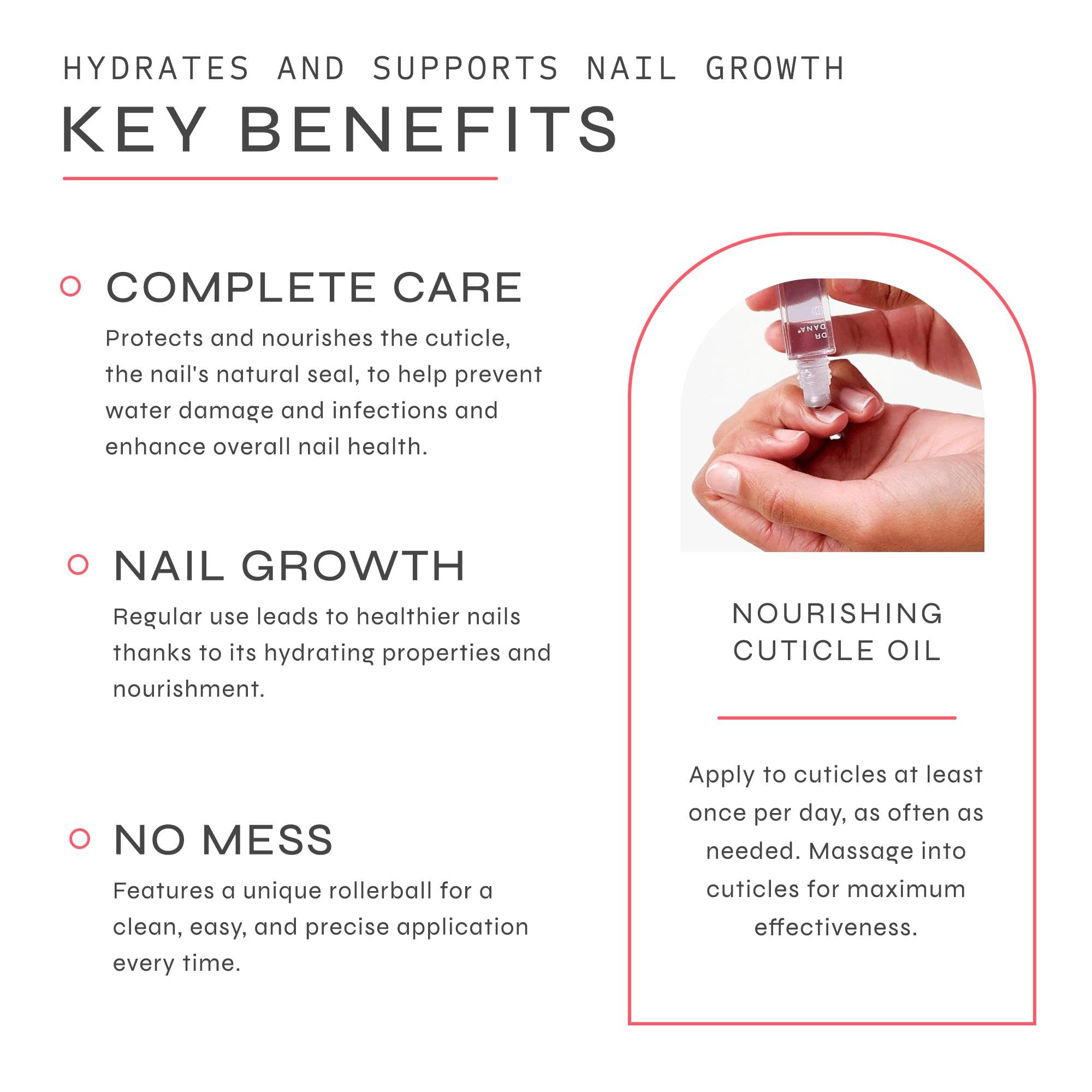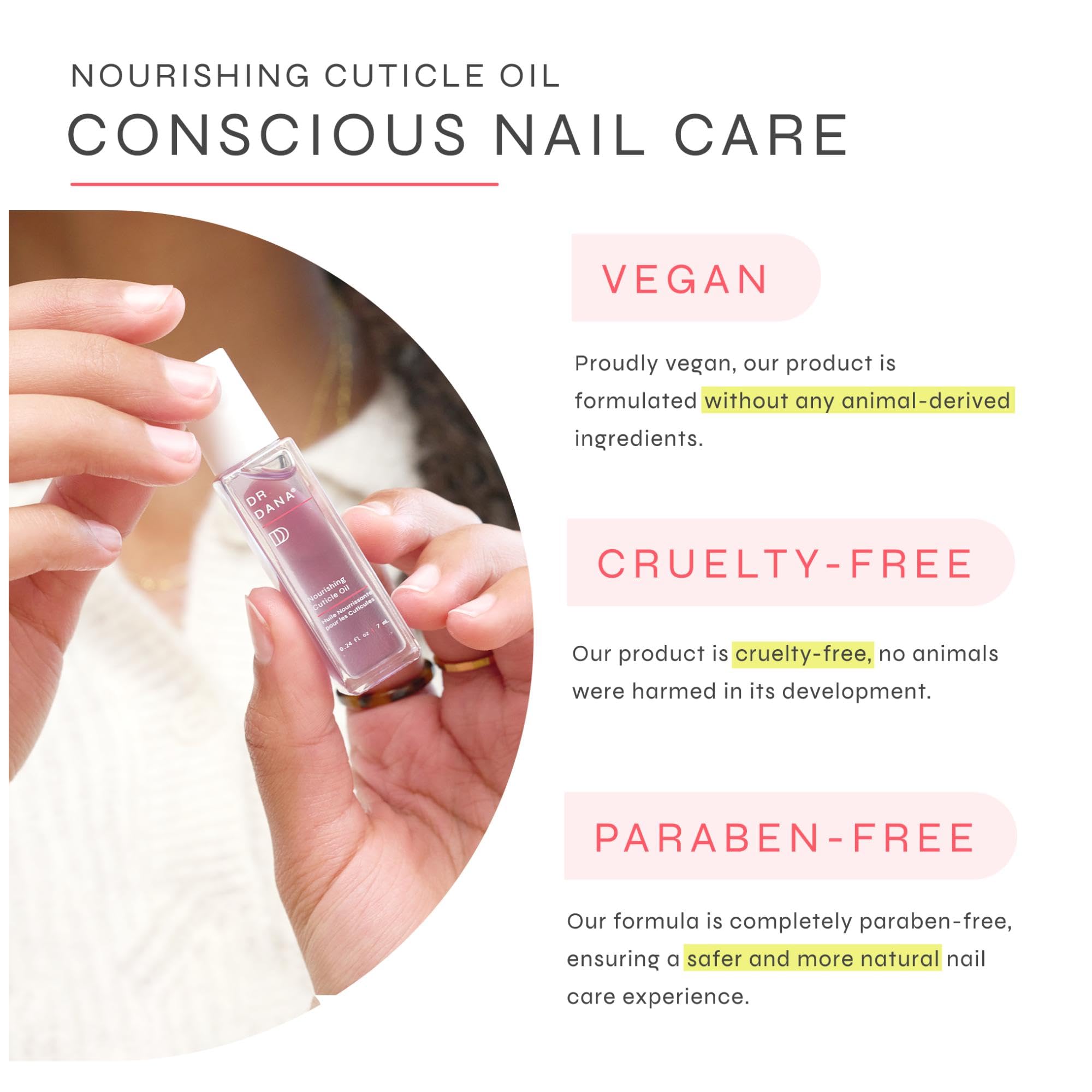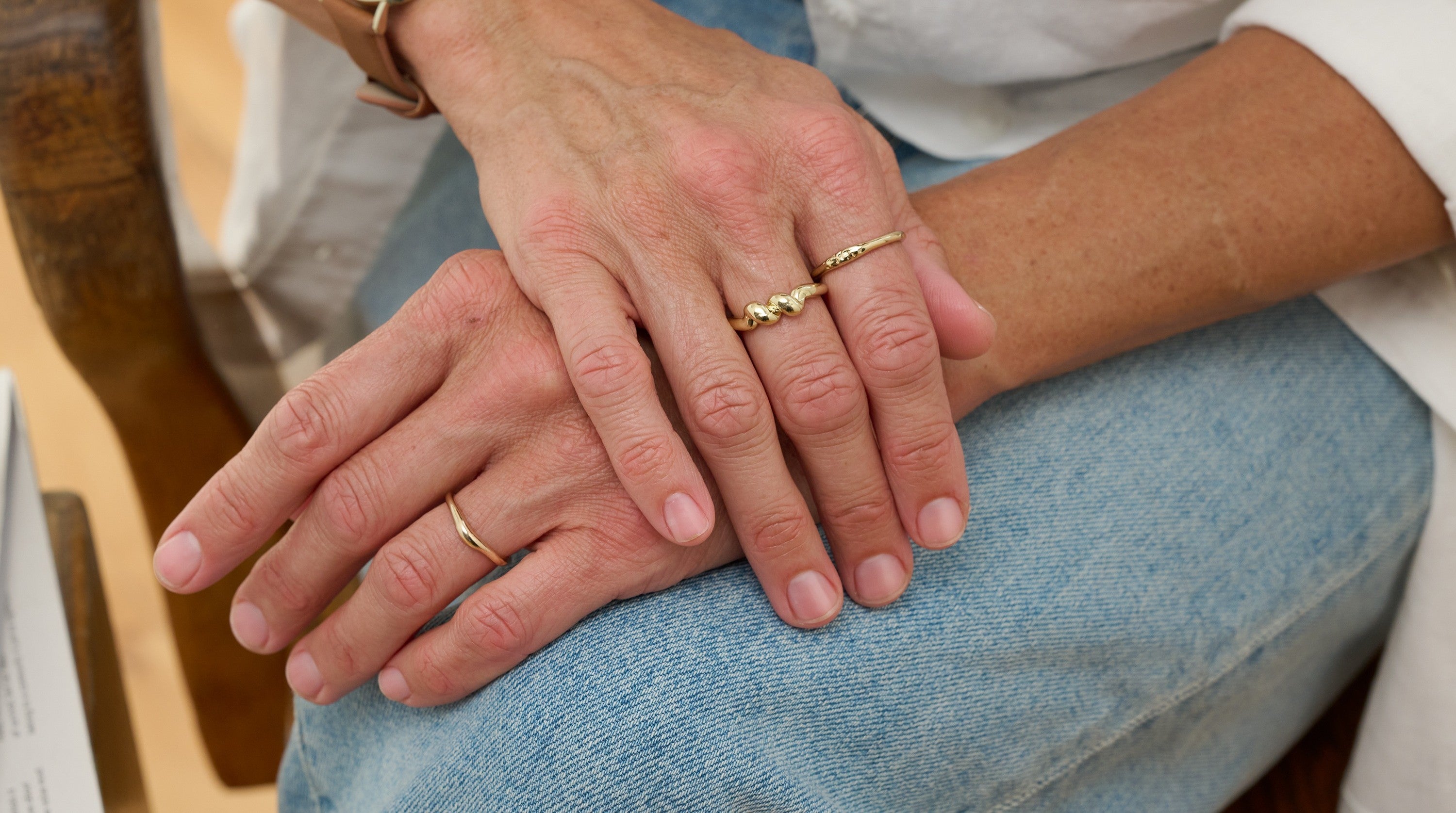Have you ever noticed something strange with one or more of your fingernails, like they seem to be lifting off the nail bed and get a really white tinge as opposed to their normal pinkish shade? Or even other kinds of discoloration. This is more common than you think, and it’s a nail issue that shouldn’t be ignored.
The situation described above is likely a condition called Onycholysis, or nail separation. While you may notice just the aesthetic signs at first, Onycholysis can also be painful and leave nails more prone to infection, so it’s important to treat it. Let’s dig a little deeper into what Onycholysis is, its causes, and ways to address it should you find yourself with the condition.
What exactly is Onycholysis?
As mentioned, Onycholysis is a quite common disorder of the nails that results when the nail separates from the underlying nail bed. When this occurs, you will notice that the normal white tip of the nail begins to extend towards the cuticle. When the nail plate separates from the underlying nail bed, air is able to get underneath the nail and causes the plate to appear opaque or white, rather than the normal pink color. In some cases you may even notice brown or yellow discoloration. Once separation has occurred, there is an opening where things like yeast, bacteria, and fungus may enter and grow.
What causes Onycholysis?
Onycholysis has a number of causes. The most common one is trauma, as can occur with overly vigorous cleaning with an instrument beneath the nail plate. This might happen during a too-rough manicure or pedicure and can weaken the adhesion of the nail plate to the underlying bed. “It can happen over time or even after one manicure, if someone pushes too deep under the nail” Dr. Dana Stern says. “We’ve all been there, where all of a sudden you think, ‘What’s going on?’ This is not supposed to hurt.”
“It’s common among women who get manicures every week, and it’s often ignored because you can cover it up with nail polish,” she adds.
Another known cause is exposure to chemicals, especially those in nail cosmetic products, which can further irritate the delicate nail bed tissue and cause a separation. Additional culprits include some medications that, when combined with UV light (like those used in many gel manicures!), can cause the nail to lift and separate, certain diseases, and nail injury like slamming your finger in a door or something sports-related.
Onycholysis that doesn’t resolve and tends to come and go can be due to an inflammatory disease called psoriasis.
More potentially serious causes can include both benign and malignant tumors of the nail bed, including warts, benign growth and even squamous cell carcinoma. These cases would usually appear as separation in a single nail as opposed to multiple. Please consult your doctor.
How Can I Treat Onycholysis?
If you notice any symptoms of Onycholysis, there are ways that you can try to alleviate the situation:
- Keep your nails clipped short using a clean nail clipper, but do not cut them down to the point of separation. Do not file them, as filing can exacerbate the situation.
- Eliminate the cause, if you can pinpoint it. Yes, that might mean giving up your weekly manicures for a bit.
- Avoid excessive water exposure and wear rubber gloves whenever your hands might be getting wet for an extended period of time, like when doing the dishes. If you have a lot of unavoidable water exposure, consider wearing cotton gloves under rubber gloves. Water can seep under the nails, and the moisture will predispose to yeast.
- Avoid nail cosmetics during the treatment period. Additionally, be careful when using nail polish remover. When there is separation, the remover will seep under the nail and cause irritation to the delicate nail bed.
- Do not clean beneath the nail, especially with a nail brush or any other tool. These can be a significant contributing factor to nail separation. Nail brushes also can’t be properly cleaned, so they can harbor organisms that can lead to infection.
- Do not cover the area with bandages, which may increase moisture being trapped in the separation gap.
- Seek out medical treatment if you’re not seeing any improvement after trying other methods. You may need a topical antifungal, anti-yeast, or antibiotic product to clear up your Onycholysis.
Whatever you do, don’t ignore the problem or simply try to cover it up with nail polish. The long term health of your nails is worth sacrificing some color or that weekly nail appointment until the Onycholysis clears up. But once it does, remember to keep these tips in mind so it doesn’t happen again in the future.



